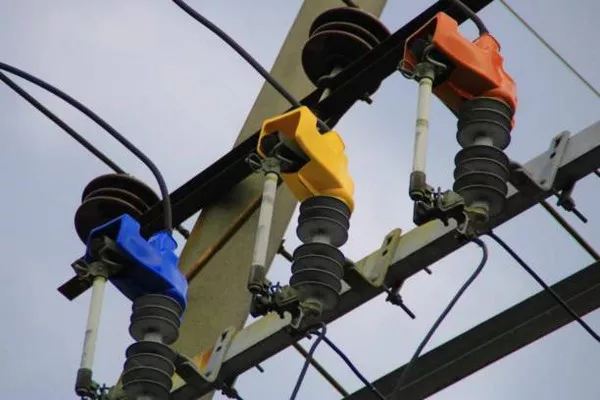In the realm of electrical engineering, the conversion of alternating current (AC) to direct current (DC) is a fundamental process crucial for various electronic devices. This transformation is made possible through the utilization of AC to DC transformers, sophisticated devices that play a pivotal role in ensuring the smooth functioning of countless applications. This article delves into the intricate workings of AC to DC transformers, shedding light on their principles, components, and applications.
Basic Principles of AC to DC Transformation:
AC to DC transformers operate on the principle of electromagnetic induction, a phenomenon discovered by Michael Faraday in the early 19th century. The core idea involves inducing a voltage in a coil by varying the magnetic field around it. In the context of transformers, this is achieved by passing an alternating current through a primary coil, generating a changing magnetic field. The secondary coil, in turn, experiences a varying magnetic flux, leading to the induction of an electromotive force (EMF) or voltage. This induced voltage is then rectified to obtain a direct current.
Components of AC to DC Transformers:
Primary Coil: The primary coil is the input side of the transformer, receiving the alternating current from the power source. The number of turns in the primary coil determines the transformer’s voltage ratio, and the alternating current passing through it generates a magnetic field.
Secondary Coil: The secondary coil is where the induced voltage is produced. The number of turns in the secondary coil compared to the primary coil governs the transformer’s voltage transformation ratio. This coil is essential for stepping up or stepping down the voltage as needed for the application.
Core: The transformer’s core serves as a medium to concentrate and guide the magnetic flux produced by the primary coil. Typically made of ferromagnetic materials such as iron or steel, the core enhances the efficiency of the transformer by minimizing energy losses.
Rectifier: Following the induction of voltage in the secondary coil, the resulting alternating current must be rectified to obtain a direct current. Rectifiers, often in the form of diodes or semiconductor devices, facilitate this conversion by allowing the flow of current in only one direction.
Filter: The rectified output is not a perfectly smooth direct current but contains ripples and fluctuations. Filters, usually capacitors or inductors, are employed to smooth out these variations, resulting in a more stable and reliable direct current.
Working Mechanism:
AC Input: The process commences when an alternating current is supplied to the primary coil of the transformer. The varying current induces a magnetic field in the core.
Magnetic Flux Induction: The changing magnetic field in the core induces voltage in the secondary coil through electromagnetic induction. The voltage induced is proportional to the ratio of turns in the primary and secondary coils.
Rectification: The induced voltage in the secondary coil is an alternating current. Rectifiers, positioned after the secondary coil, allow the current to flow in only one direction, converting it into a pulsating direct current.
Filtering: To smoothen the pulsating direct current and reduce ripples, filters are employed. These components, typically capacitors or inductors, store and release energy to maintain a more constant voltage.
DC Output: The final output from the transformer is a stable direct current, suitable for powering electronic devices that require a consistent and reliable power source.
Applications of AC to DC Transformers:
Power Supplies: AC to DC transformers are extensively used in power supplies for electronic devices, providing a stable and regulated direct current for optimal performance.
Electronics: Many electronic devices, ranging from small appliances to complex machinery, rely on AC to DC transformers to ensure the correct voltage levels and reliable power delivery.
Battery Charging: AC to DC transformers are integral in charging various types of batteries, including those used in electric vehicles, ensuring a controlled and efficient charging process.
Renewable Energy Systems: In renewable energy systems, AC to DC transformers play a vital role in converting the alternating current generated by solar panels or wind turbines into usable direct current for storage or distribution.
See Also What Is Rmu In Transformer? All You Need to Know
Conclusion:
AC to DC transformers are indispensable components in modern electrical systems, facilitating the conversion of alternating current into a form suitable for powering a myriad of electronic devices. Understanding the principles and components of these transformers is essential for engineers and enthusiasts alike, as it provides insight into the foundation of numerous technological advancements. As technology continues to evolve, so too will the role of AC to DC transformers, contributing to the efficiency and sustainability of our electrical infrastructure.

